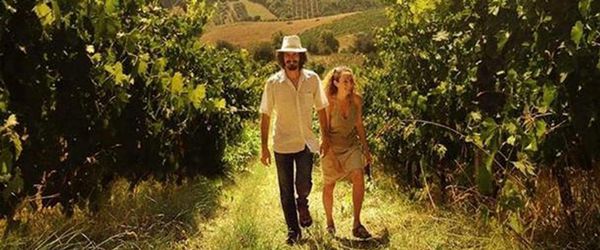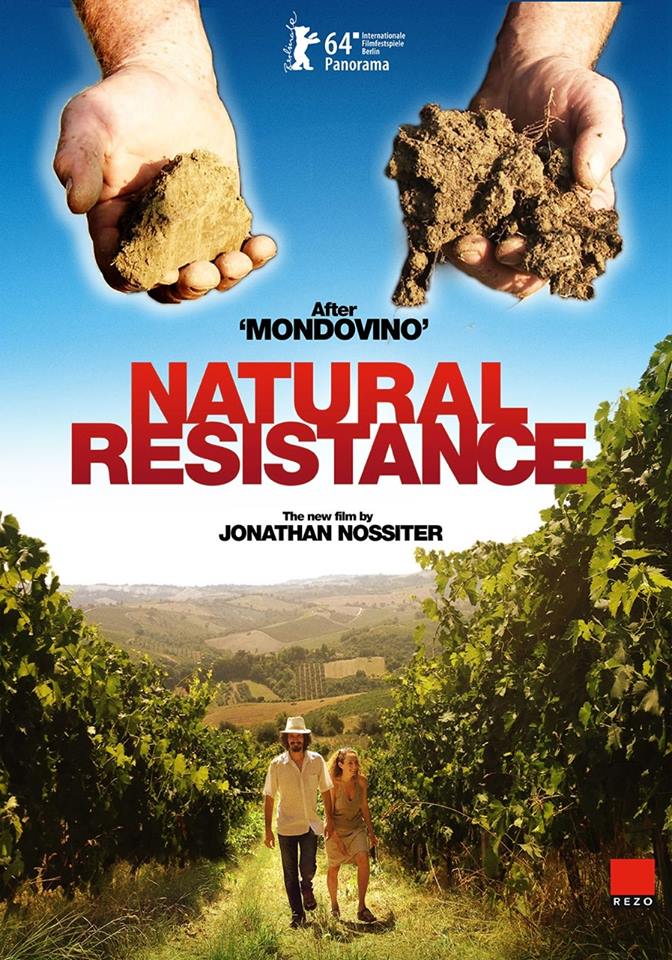Eye For Film >> Movies >> Natural Resistance (2014) Film Review
Natural Resistance
Reviewed by: Jennie Kermode

Ten years ago, Jonathan Nossiter explored and exposed the Californian wine industry in Mondovino. Now he's back with the focus on Italy, especially Tuscany, where the majority of vineyards have been bought up by rich foreigners or corporations. The message is the same, Nossiter firmly on the side of the small, artisan producer, but this time around there's a more optimistic streak, making for a more rounded flavour.
There's a great deal of material here - politics, law, soil chemistry and diversions into the history of cinema that don't provide quite as seamless an analogy as the director seems to think - but whilst much of it is interesting in itself, it's presented in a very scattershot way. Extensive talk about the importance of serendipity in the wine making process suggests that Nossiter is taking a similar approach to his film, hoping the diversity of ingredients will generate something interesting, but he's only partly successful. The result is not so much balanced as uneven. Intense bursts of information highlight the emptiness of some of the more poetic rhetoric in the mix.

A similar approach is taken to the shoot. Mondovino was accused of looking like a home movie and Nossiter hasn't changed his style, though his camerawork is mercifully smoother. This contributes to the atmosphere by putting the roughness of the rural landscape right up there on screen. The chaotic spaces in which much of the filming takes place, with goats and chickens running around everywhere and a cat almost getting itself trodden on, contribute much of the film's charm and convey the difference between the smallholder's approach and that of big business far more effectively than the rants about standardisation and fines. Other scenes filmed around outdoor dinner tables, with children climbing nearby trees, capture something of the appeal of this way of life to individuals, contextualising the hard work that isn't shown directly but which it's easy to identify as a necessary part of the process.
This is a film full of non sequiturs, with many of the film clips inserted in it fascinating but relevant only in the mind of its creators. There's also a twee cartoon by Chiara Rapaccini which sees city folk settling in the country only to retreat to the comfort of their phones and TV set, which sums up the crudity of much of the film's politics - disappointing because there are a number of interesting political points made in passing which are underexplored. For those who come to the film with little pre-existing knowledge of the wine trade, it's likely to be even more confusing, as no attempt is made to explain key industry concepts central to discussion. The film is not speaking to its audience; they have walked in on somebody else's conversation. It's an approach that might have borne fruit but too often it just feels socially awkward.
If one message comes through clearly from this, beyond a general attack on corporate culture that's unlikely to be new to viewers, it's that organic wine is under threat and if we wish to preserve variety to please our palates we should all make an effort to drink more of it. Brief comments about the implications of this for the wider food industry hint at the more urgent conversations we should probably be having instead but, Nossiter implies, they might as well be well lubricated.
Reviewed on: 22 Jun 2015


















